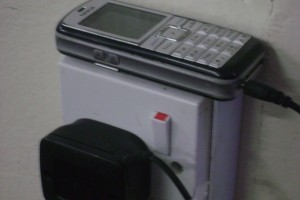2016 was an interesting, but also a challenging year, with a few key events happening that will alter the industry and future bank rankings going forward.
Who are the top banks at the end of 2016? We should start having their audited 2016 results published over the next eight weeks. But who will top the bank rankings for 2016, and why? (last year‘s bank ranking in brackets)
September 2016 numbers used
1 (1) KCB Kenya’s largest bank. growing at 5% year, going to embrace digital in a few weeks. KShs 480 billion in assets, 21.7 billion in pre-tax profit, with Kshs 372 billion of deposits and Kshs 332 billion of loans
2 (2) Equity Bank. Kshs 380 billion of assets and 19.5 billion profit. Deposits grew 15% in the year but they have put most of that in government securities.
3 (3) Cooperative Bank: Kshs 352 billion assets and 15 billion profit. Coop is using digital and agents to contain costs.
4 (5) Standard Chartered: Kshs 264 billion assets and 10.7 billion profit.
5 (4) Barclays: Still keen on growing in Kenya despite parent Barclays having to sell off the Africa unit. Growing at 10% a year, Kshs 264 billion assets and 8.7 billion profit.
6 (8) Diamond Trust: Still growing at 20%, probably benefiting from the fallout at Imperial. Kshs 230 billion assets and 6.2 billion profit.
7 (6) Stanbic: Shed the CFC part of the CFC-Stanbic name 10 years after the merger
8 (7) Commercial Bank of Africa. CBA was the the largest bank by customer numbers, thanks to M-pesa powered M-shwari, but loans are flattening. Kshs 211 billion assets, 5.4 billion profit.
EDIT 9 I&M Bank EDIT
10 (9) NIC bank. Kshs 156 billion assets, and 4.5 billion profits.
EDIT 10 (13) Citibank: breaks into the top 10. Kshs 116 billion assets, and 4.1 billion profits.
Just out of the top 10, is I&M bank and troubled Chase and National banks. It is important to note that all the top banks, led by KCB, Equity and Coop all embrace a mix of agency and digital/mobile phone banking as a basis for future growth.
$1 = ~Kshs 101



